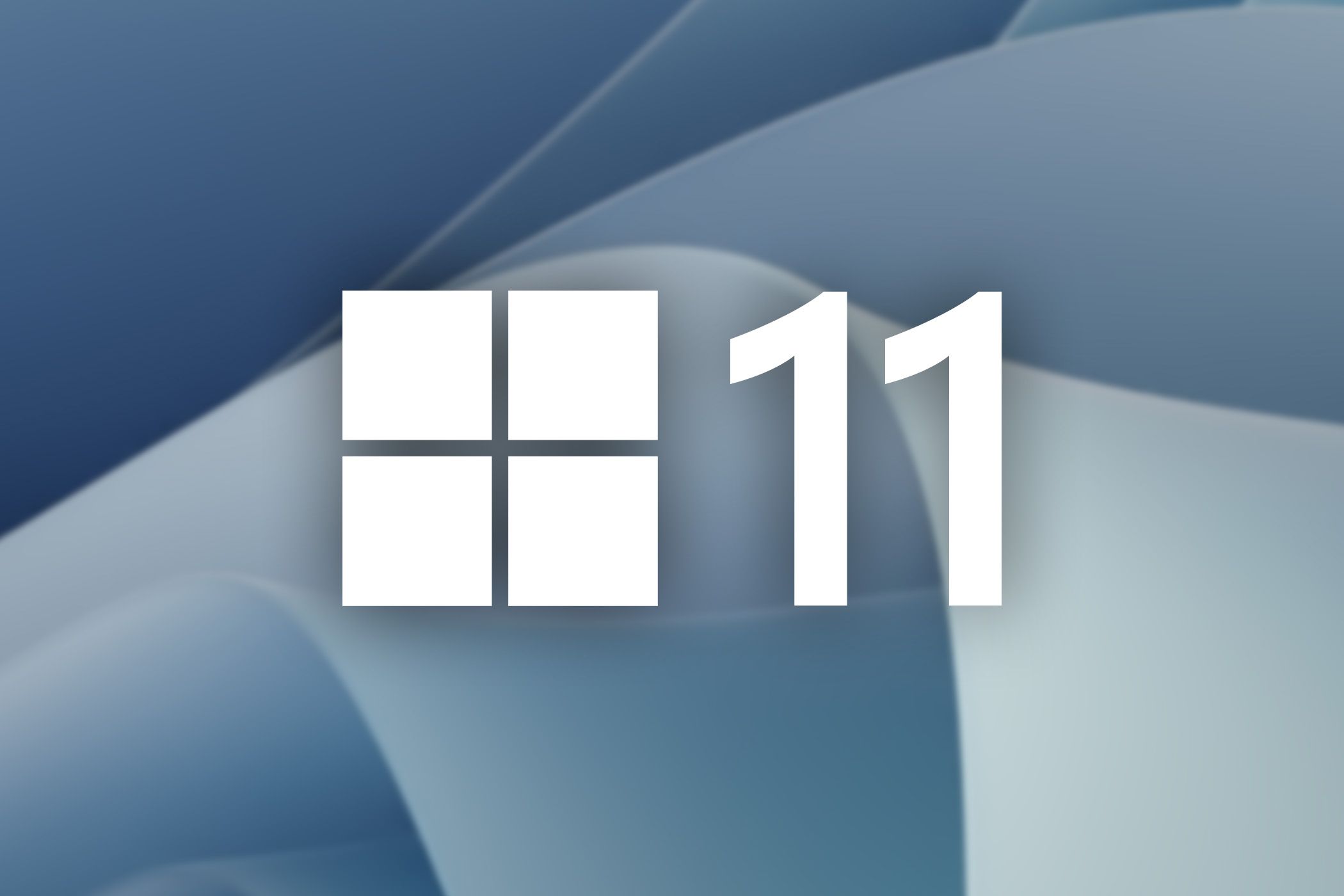
Microsoft has been doing some deep cleaning in Windows over the past few months. The company has deprecated or removed several applications that came with Windows 11, because they’re not used by most people or they’re being replaced for something else. Two notable casualties include WordPad and the Tips app, and now the company is deprecating yet another Windows 11 app.
You might not be familiar with Steps Recorder. It’s a very old utility (our article explaining how to use it was published in 2009, 14 years ago) that’s actually a screen recorder of sorts. It’s useful for recording your screen while you recreate a problem with your PC, explaining the necessary steps to reproduce the issue. From there, Steps Recorder will create an MHTML file with a rundown of the steps to reproduce the issue, as well as embedded screenshots and a video. This makes it easy to share with others, so they can look over the whole thing and use it as reference, as well as letting them reproduce the issue themselves. It’s a very niche tool, but one that could be handy for bug fixing and troubleshooting.
The tool has been laying low over the past several years. It’s not accessible from the Start menu — in order to open it, you need to either type “psr.exe” on your search bar, or execute it from the “Run” utility (Windows + R). Even then, the app itself looks abandoned, barely following Windows 10’s design language. Starting in the latest Windows 11 Insider build, Steps Recorder now shows a banner guiding users to other, more modern alternatives, such as the Snipping Tool, the Xbox Game Bar, and Microsoft Clipchamp. At some point after that, Microsoft may remove it entirely, but there’s no public timeline for that.
None of the recommended tools are exact replacements for Steps Recorder, but recording your screen with Snipping Tool and describing the steps will give you almost the same result. Given how hidden Steps Recorder already was in Windows, it’s unlikely many people were still using it, so it will soon meet the same fate as Internet Explorer.
Source: Microsoft







